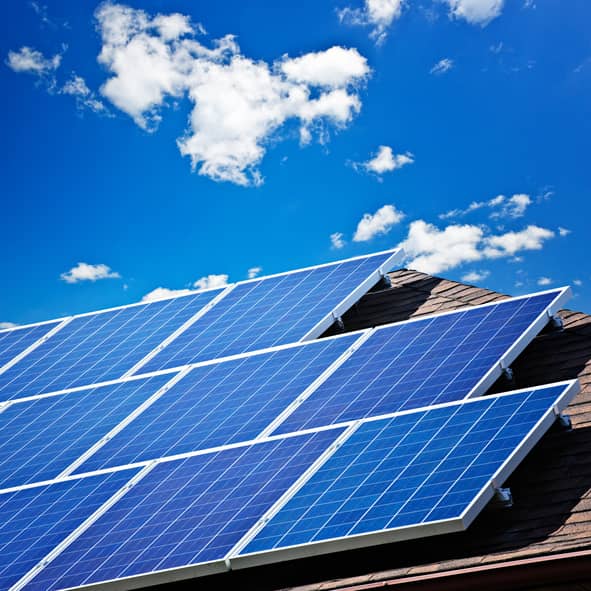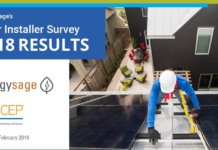The U.S. Department of Energy (DOE) has released updated guidelines for residential property-assessed clean energy (PACE) financing, and industry stakeholders have welcomed the new best practices, saying they believe the guidelines provide an important framework for expanding the financing model nationwide.
The DOE says that since 2009, more than 100,000 homeowners have made energy-efficiency and renewable energy improvements, including installing solar, to their homes through residential PACE programs. By 2016, residential PACE programs had allowed homeowners to invest nearly $2 billion in energy-efficiency, solar and other upgrades to their homes. Homeowners have made these energy upgrades with no upfront costs by electing to repay their loan through a special assessment along with their property taxes.
According to the DOE, the new guidelines outline best practices that can help state and local governments, PACE program administrators, contractors, and other partners develop and implement programs and improvements that effectively deliver home energy and related upgrades. The updated best practices reflect input gained from over 200 comments on a draft of the guidelines that was released for public review earlier this summer.
In the guidelines, special emphasis is placed on recommended protections that PACE programs should put in place for consumers who voluntarily opt into the service, as well as for lenders that hold mortgages on properties with PACE assessments. The DOE says it also provides additional program design recommendations that address the unique needs and potential vulnerabilities of low-income and elderly households, to help ensure that PACE financing is used appropriately and at the least cost for low-income households that otherwise meet program eligibility criteria.
According to the DOE, specific topics addressed in the updated guidelines include the following:
– Enhanced PACE eligibility criteria, including requirements for review of income, existing debt obligations and credit score; clear and understandable consumer disclosures of all PACE terms, including interest rates and fees, repayment procedures, and lien requirements;
– Additional consumer protections for low-income households, including enhanced screening procedures (e.g., verbal confirmation of PACE terms with the homeowner), written disclosures, and recommendations to structure PACE financing to be cost-effective for low-income participants
– Recommendations for quality assurance, contractor management, and enforcement procedures; and
– Recommendations for access to dispute resolution procedures or other mechanisms if work is performed improperly.
In combination with guidance for lenders from the Federal Housing Administration and the U.S. Department of Veterans Affairs, these best practices will help enable more states and communities to develop and implement residential PACE programs. Although the guidelines are non-binding, the DOE recommends that state and local governments incorporate them into existing or planned residential PACE programs.
Renovate America, a residential PACE financing provider, applauds the DOE for developing the new best practices. J.P. McNeill, founder and CEO of Renovate America, comments, “The HERO Program, our PACE offering to nearly 500 communities, already meets many of the standards outlined by DOE. We pledge to make these best practices the operating manual for our program going forward.”
“As more state and local governments consider adopting PACE programs, and more PACE finance providers enter the market, it is vitally important that all market participants operate with the highest degree of integrity, lending standards, underwriting criteria, business conduct, and consumer protections,” says Martha Campbell of the Rocky Mountain Institute. She adds that the guidelines “are designed to guarantee positive outcomes for homeowners and their local communities. If adopted broadly, they will help the industry grow in a responsible manner.”
The new DOE guidelines are available here.




